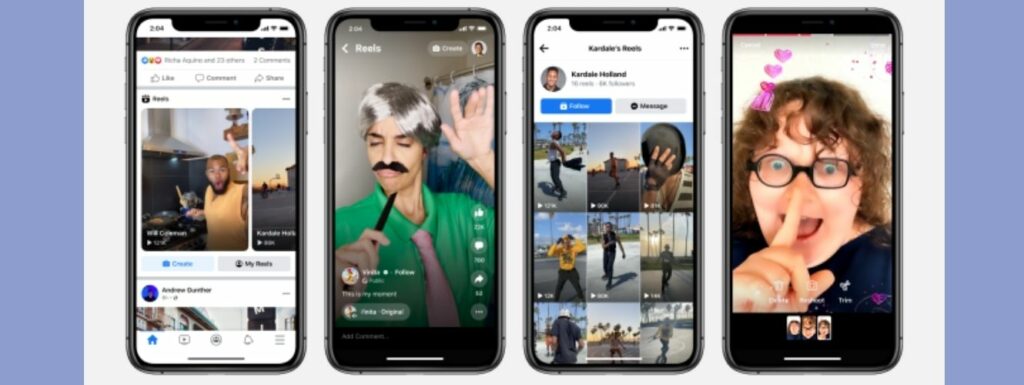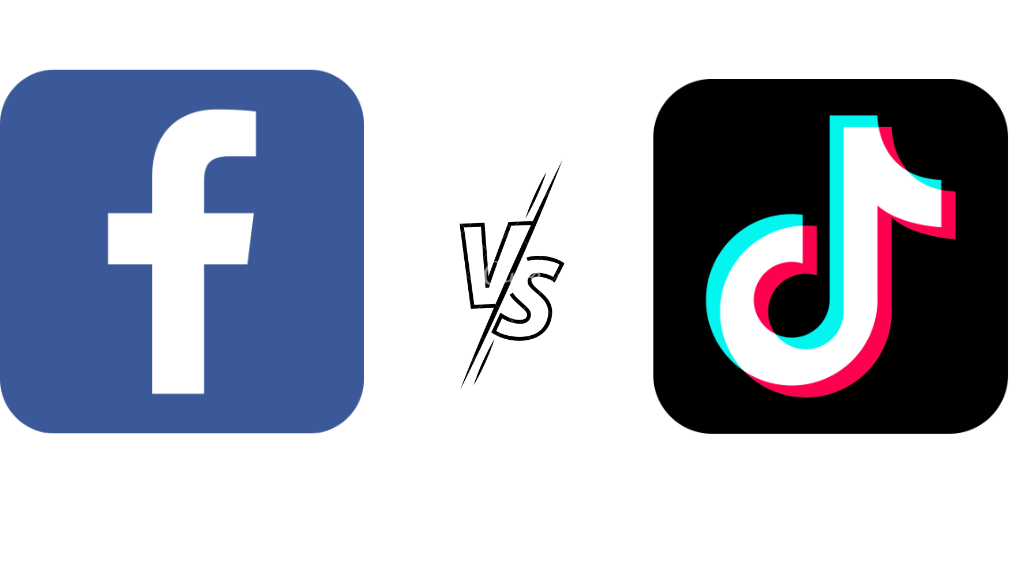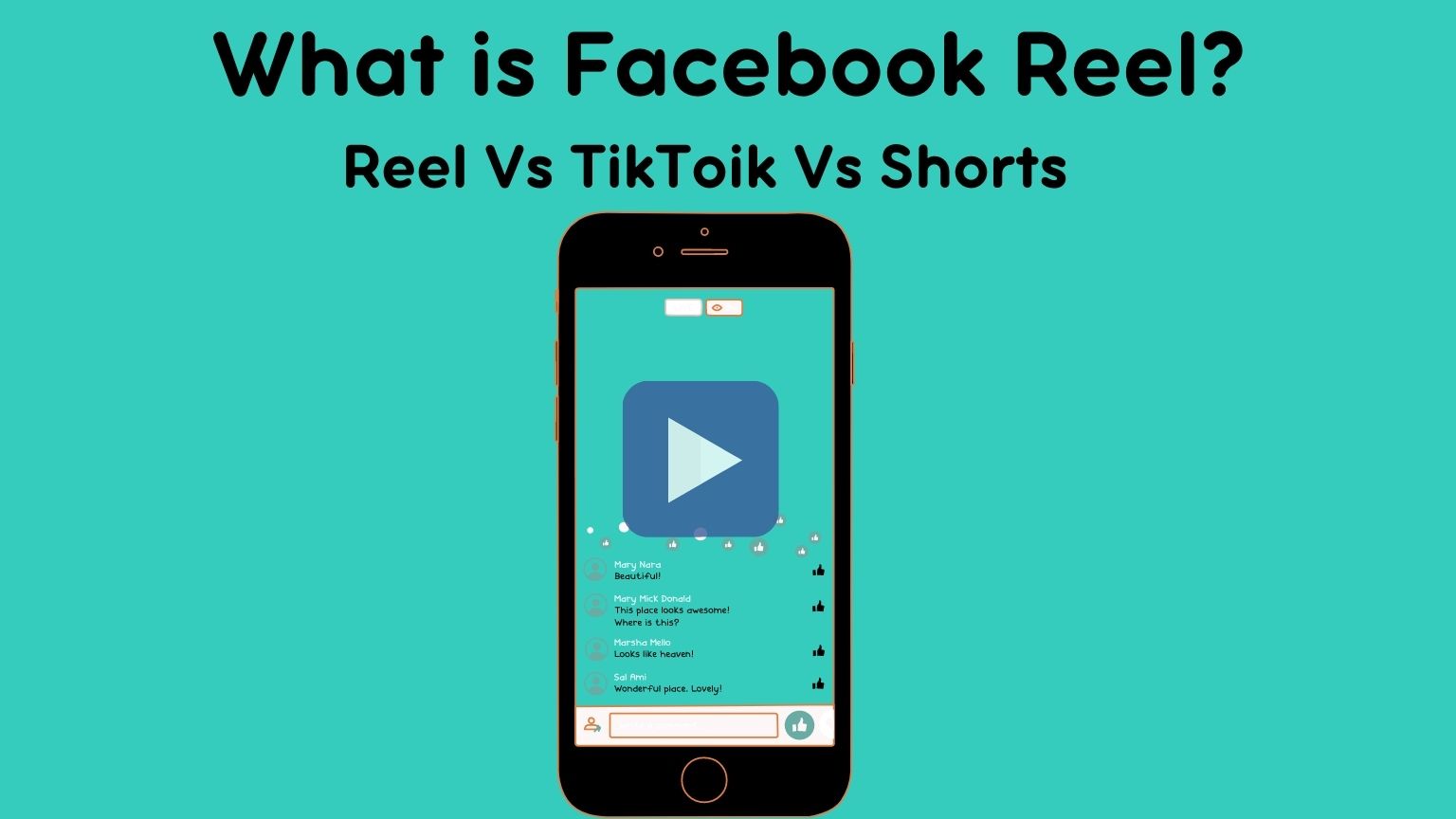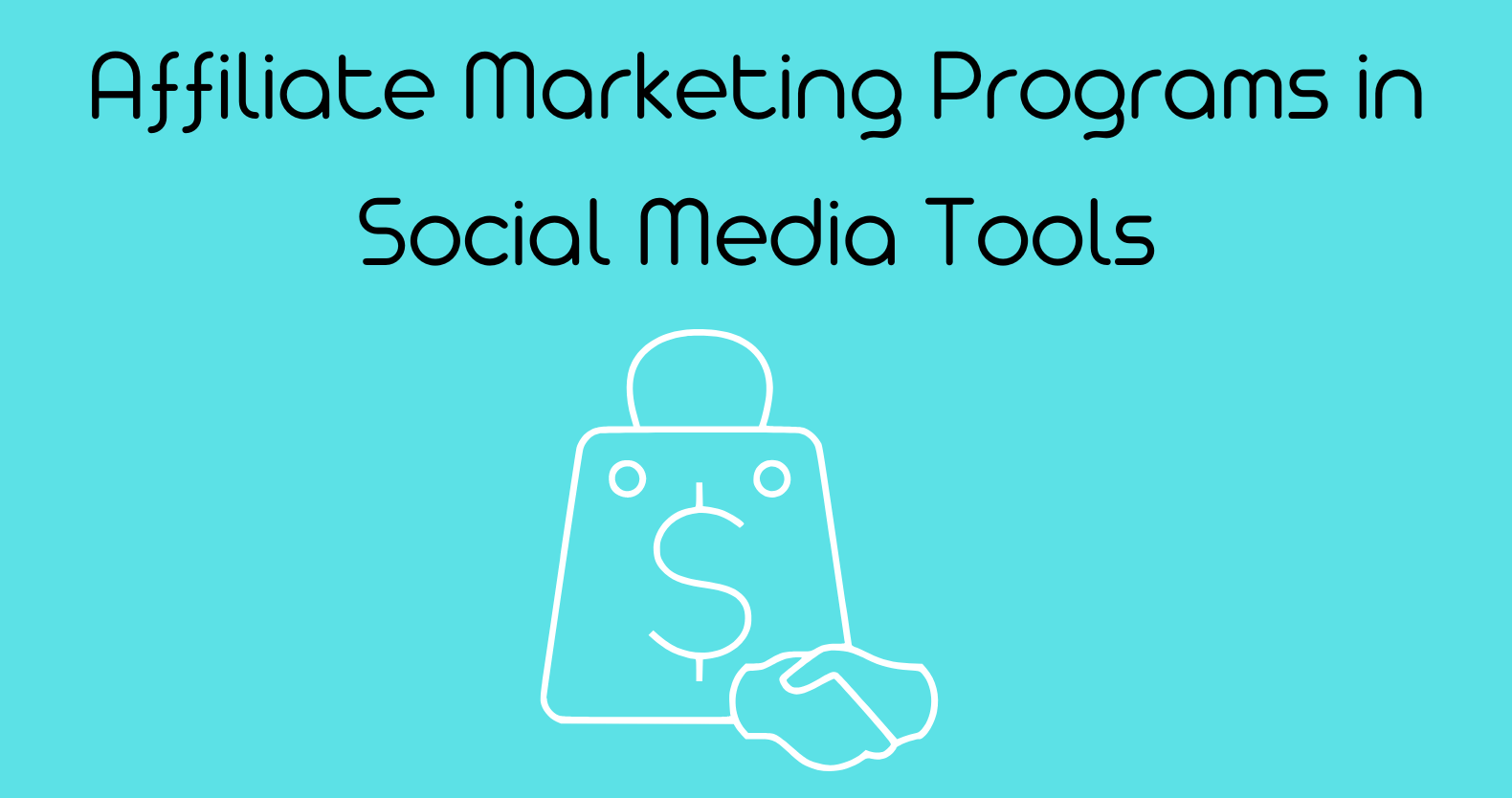Facebook Reel is a relatively new feature on the Facebook app that lets you create and share short videos. You can use Facebook Reels to record yourself lip-syncing or dancing to popular songs. If nothing, you can just use them to share quick clips from your day-to-day life.
So far, Reels has been met with much positive feedback from users. What’s more interesting is the longer duration of Facebook Reels. Many people also appreciate the fact that they can use popular songs in their videos without worrying about copyright issues.
In this article, you will learn about the Facebook Reels. You’ll get to know how this feature is different from YouTube Shorts and TikTok. So stay tuned!

What Are Facebook Reels?
Facebook Reels frequently referred to as a TikTok clone, first appeared on Instagram. It allows you to create fast videos and edit them, including adding music to or using audio from another person’s video. Reels can be recorded in a series of clips or all at once, utilizing video uploads from your phone.
Meta didn’t start rolling out Reels until 2021, and it was only available in the United States. Reels become available internationally in 2022.
Now you can also “remix” (duet) other people’s videos and upload clips up to 60 seconds long. Since 2022, you can also save drawings and Meta plans to offer even more clipping capabilities.
Facebook advertises Reels as a new method to make short, engaging videos, gain exposure to new audiences, and participate in cultural moments on Facebook. You can add effects and music to your Reel or use your own original audio to bring your ideas to life and share them with your audience.
Reels you make appear in locations such as your Facebook Feed, the Facebook Reels area, and your Reels profile.
However, some people have criticized Facebook for not including more editing features in the app, such as adding text or filters to your videos. Overall, though, Reels seems like it has a lot of potential to become a popular way for people to share short videos with their friends.
Difference Between Facebook Reels and YouTube Shorts – Short Answer
Unlike TikTok and Youtube Shorts, these Reel videos can be up to 30 seconds long. This gives content creators a lot more time to show off their creative side. And unlike TikTok, you do not need to download anything else to use Reels.
Another big difference between Reels and the other two products is that Reels is not built around algorithmically generated content. Instead, Facebook has hand-picked a selection of popular songs and videos that you can use in your own Reels creations.
This means that you don’t have to worry about your video getting lost in a sea of other content – it will always be front and center for your friends to see.
How to get monetize on Facebook Reels?
As part of Facebook’s plan to invest more than $1 billion in creators through 2022, the company is introducing a new bonus scheme to let creators earn money when people watch their reels. The “Reels Play bonus” will be initially invite-only, beginning in the United States and extending globally over time.
Like Instagram Reels, Facebook plans to begin testing full-screen and immersive ads between Reels to assist small businesses and brands connect with new audiences.
There’s also a chance that Facebook will eventually integrate Reels into its Facebook Stars live-streaming digital-gifting monetization program.
How to Improve Your Video Editing Skills
Overlay Ads
Facebook is experimenting with overlay advertisements to monetize its video platform, giving users another avenue to sell their content. Mid-March will phase in the monetization of reels, and practically all countries with in-stream ad programs will have access to overlay adverts.
This is a brand new ad format that Facebook is experimenting with. Overlay advertising will be offered in two sizes:
- Banners Ads
- Stickers Ads
Both ad forms will be transparently layered on top of Facebook reels. This implies that viewers will be able to continue watching their favorite content providers while being quietly introduced to relevant adverts.
The overlay’s position will vary depending on the format selected. These will show at the bottom of a Facebook reel for banner ad placement.
The content developer has complete control over where the overlay appears in the Reel when using the sticker advertisements format. This new ad format test is not yet available to all users.
If you are currently a participant in Facebook’s in-stream ad monetization program, you are automatically eligible to begin employing Overlay advertisements. There is no requirement to enable this functionality.
Eligibility Criteria
If you are unsure whether you are eligible for in-stream monetization, Facebook has a page where you can check your eligibility and sign up.
Facebook hopes to broaden its eligibility for in-stream adverts in the following months, providing more chances for content creators. If you add overlay ads to your Reel, you will receive a share of the advertising money. Unfortunately, Facebook does not specify the actual sum.
How to put Overly Ads in your Reel?
You will be automatically elected into the banner ad format based on your eligibility for the in-stream advertisements monetization scheme. However, this does not imply that an advertisement will appear on every single loop.
The ability to show banner advertisements in your reels will be determined by a variety of variables, including:
- Targeting options for advertisers.
- The ad’s worth to viewers.
You can opt out of banner adverts in your reels by visiting the Meta Creator Studio. Certain actions must be taken to put sticker adverts on your reels.
- On the right-hand side of the menu panel, select “Stickers” (after adding your content to the Reel)
- Tap “Ad” to the right of the Stickers tab.
- Select “Add Sticker Ad.”
- Position the sticker ad frame wherever it best fits in your Reel.
While you can select the ad’s position, you cannot select the actual ad that will appear. Facebook will choose an ad relevant to the specific user who is seeing your content.
Sticker advertisements, like banner ads, will not always be shown for every Reel, even if you provide the option to show them.
If you are still unsure how this Facebook ad system works, you can learn it from RAV.AI. It is an AI-based video editing service that works as a coaching system. It also offers courses from which you can learn quickly in addition to getting professional videos. There is no more need to worry about extra charges for additional revision because it offers you unlimited revision.
Register Now to avail this excellent opportunity; you can also check out other packages to see if they fit you more.
Advantages And Disadvantages Of Digital Video Editing
What do officials say about Facebook Reels?
Facebook sees Reels as the future of social media, although the corporation is far from defining the future of social media. Short-form video platforms like YouTube and TikTok have made it clear that this is where social media is going, and Facebook is following suit.
According to Mark Zuckerberg, Reels is the platform’s fastest-growing content format “by far,” and he views it as a way for people to make money. “We want Reels to be the finest platform for creators to engage with their community and earn a career,” stated Zuckerberg.
Not only is Reels growing in popularity on Facebook, but it is also the only location where Facebook can compete effectively with immensely successful platforms like TikTok and YouTube. And it’s beginning by going global.
“We’re going to keep focusing on short-form video, given how significant a shift we’re seeing globally,” Adam Mosseri stated.
What is the difference between Facebook Reels and Tiktok?

Is Reels the official TikTok substitute? Is TikTok still the undisputed king of the hill?
Well, TikTok is, without a doubt, the best platform for developing content that capitalizes on the short-form frenzy. Its loud style and design perfectly complement its target market.
But we’re not saying that Reels shouldn’t be a part of your video strategy. For example, if you wish to protect a short-form video from imitation or mocking, you should utilize Reels since it prevents other users from mixing your movie with their content.
Reels may be a better alternative if your target audience is older. Similarly, if you currently have a sizable Facebook following, you can leverage it with your Reels material.
TikTok has experimented with shopping features in the past, but not to Instagram’s extent. This includes allowing users to post e-commerce links to their bios, introducing “Purchase Now” buttons for brand video commercials, and establishing the “Hashtag Challenge Plus” e-commerce tool, allowing users to shop for products connected with a sponsored hashtag.
Many marketers use both channels concurrently because their diverse personalities and consumers enable more effective targeting.
So let us lay down our swords and just coexist with these two platforms. As long as your content is unique and, above all, amusing, it will find a home on both Reels and TikTok. That is why, before comparing the two platforms, you should already understand your strategy and objectives.
Here are some important variables to consider:
Audience
Who are you attempting to contact?
This is a relevant question because the platforms’ demographics differ. TikTok, as one might think, caters to a younger demographic. According to Statista, nearly half of all users on the network are under 30, with a quarter under the age of 20. And only 11% are beyond the age of 50. Clearly, this is the platform at the forefront of what the youth market values.
Reels, on the other hand, have a wider range of users. According to research, minors make up a smaller segment of users, while nearly half of all users are between 25 and 44. And don’t forget about the 2.3 percent of Reels users who are 65 or older.
TikTok is unquestionably the best medium for connecting with Generation Z. It provides a captive audience ideal for organic brand building. However, if you want to reach a more adult audience with better purchasing power, Reels is a great option.
Interface
The interfaces of these platforms are markedly different, and TikTok’s design is harsher, with few bells and even fewer whistles. Given the audience that interacts with TikTok the most, it’s hardly unexpected that usability and design richness isn’t high considerations.
On the other side, Reels demonstrates its Facebook pedigree with superb design and more user-friendly functionality. If you’re a digital native, these factors won’t have much of an impact on your decision. However, Reels is the apparent winner for digital immigrants who rely on technology’s accessibility.
Alternatives for Music
TikTok videos are well-known for their innovative use of music. On this fast-paced platform, songs become viral, careers are launched, and new sounds are developed daily.
Audio is used in all TikTok videos. You can record a voiceover, using sounds you’ve generated, or use the platform’s fantastic music/sound library. You’ll discover that the library’s selections are virtually limitless. You have a variety of possibilities, whether it’s copyrighted music or a hilarious sound effect developed by another TikTok user.
Reels take a different strategy since copyright protection is more important to the Facebook family of brands. So, instead of TikTok’s massive database, you receive a more manageable library of royalty-free music in your movies. You can even submit your voiceover or sound effects.
Including Other Videos
TikTok is likely your only option if you want to include videos from other users in your production. You can include an existing video into your own by using Stitch, Duet, or another collaborative tool.
This also applies in the opposite direction, as users can include your movies in their works. Many businesses use this reality to engage their audience on a whole new level.
Unless you have powerful video editing tools and know-how, reels make it tough to integrate other users’ videos with your own. This is yet another area where Reels finds itself in a tricky position due to competing objectives to protect against content exploitation while also keeping up with TikTok’s popular features.
What are the Best and Cheapest Video Editing Programs for a New Learner
Interaction with Users
Reels have a caption maximum of more than 2,000 characters, allowing you to share important details or develop a tale within that area. TikTok, on the other side, restricts you to 100 characters for your captions.
If you believe that your video will benefit from a strong caption, Reels is your best option, and TikTok is a great option if you want to keep things simple.
Capabilities in Editing
TikTok offers a variety of effects and filters to enhance the appearance of your videos. The platform’s creators frequently employ these capabilities for humorous effect; therefore, the end goal isn’t always to produce a finished output. Remember that this is a raw, often messy platform aimed at younger viewers.
Reels offer effects and filters, but they are the same as those found in Facebook Stories. While the options on Reels are more limited, they appear more professional. If you want to convey professionalism in your video, Reels are a better option.
Instagram Reels Vs. TikTok Vs. YouTube Shorts Vs. Snapchat Spotlight: Real Insights
Instagram Reels
Meta Platform’s Instagram introduced Reels in August 2020, and it has since become one of the platform’s most popular features. Users can now record 15-second, 30-second, and 60-second videos, with a 90-second option being considered.
On the company’s fourth-quarter earnings call, Meta CEO Mark Zuckerberg stated that Reels is now the fastest-growing content format by far and the biggest driver of Instagram engagement growth.
Following Meta’s quarterly results, Credit Suisse analyst Stephen Ju stated a shift in content consumption from Instagram’s Stories/Feed to Reels. Meta mentioned that monetization with Reels is gradual because there is little advertising on it.
You can make the perfect videos and post them automatically on your Instagram account with Rav. Instagram followers are growing and gaining many followers just by using Rav.
TikTok
TikTok is obviously the market leader. Its daily active users in the United States increased 13 percent year on year to around 48 million in 2021, according to Morgan Stanley analyst Brian Nowak, who cited Sensor Tower in a recent report.
The average time spent per user climbed 10% year on year to 87 minutes per day, the greatest among the social media groups. Ad revenue per hour in the United States was 6 cents in 2021, indicating room for growth.
According to Statista, TikTok’s global MAU was at 1 billion as of September 2021. In comparison, as of December 31, 2021, Facebook’s app had 2.91 billion MAUs.
YouTube Shorts
Alphabet debuted YouTube Shorts initially in India in the fall of 2020; a wise choice is given that TikTok and a plethora of Chinese apps were pulled from the country. It was gradually introduced in other countries.
On the earnings call, Alphabet CEO Sundar Pichai stated that YouTube Shorts continues to produce enormous engagement, with 5 trillion all-time views and more than 15 billion views per day internationally.
YouTube hasn’t provided much information about Shorts’ success, but it did claim earlier in 2021 that the beta test of Shorts in India had resulted in 3.5 billion Shorts views every day.
Snapchat Spotlight
Snap introduced Spotlight in November 2020 to provide users with a centralized destination for receiving a continuous feed of user-generated content.
“Spotlight, our newest platform, highlights the most amusing photographs from our community. And we’ve been blown away by the great feedback from fans and, increasingly, artists, “According to the company’s most recent earnings call.
Snapchat had 319 million daily active users in the fourth quarter of 2021, a 20% increase year over year.
Wedbush analyst Ygal Aronian stated in a note ahead of Snapchat’s quarterly earnings that the company’s competitive forces are increasing, particularly from TikTok. According to the analyst, TikTok and Snap have extremely comparable audiences, putting the latter’s engagement/time spent and ad dollars in danger. The Chinese app Tiktok is growing in popularity among advertisers, which might strain Snap’s budget.
Managing your social media accounts can be hectic, but not anymore. Rav is the solution to all your worries; either Facebook, Instagram, TikTok, or Youtube, it can easily manage your account, saving you time and money. Click here to get amazing services from this AI-based video editing system.
FAQs
What is the difference between Reel and TikTok?
There are a few technical differences between Reels and TikTok. TikTok, for example, allows you to record for a longer time. TikTok will enable users to record clips in 15-second, 30-second, or 60-second intervals, whereas Reels allows users to record in 15-second, 60-second, or 3-minute intervals.
Which are better reels or TikTok?
Reels’ videos perform almost as well as TikTok’s when average views are compared, luring many users back to the Facebook environment. TikTok has a substantially greater average engagement per video, which could be attributed to its pioneer status or the fact that it is supposed to be more disruptive than Reels.
What’s the difference between reels and stories?
The Tale is a concept that allows you to convey the story of your day as much as you like for 24 hours using video, photo, or a post. The Reel will continue to be a single video powered by the creativity displayed in the feed as a post (which you can share as a Story as you would a post).












